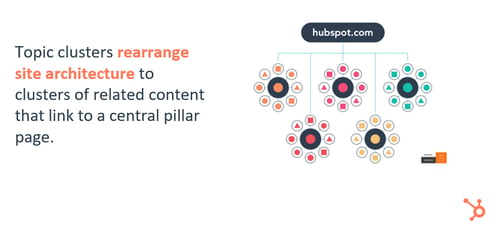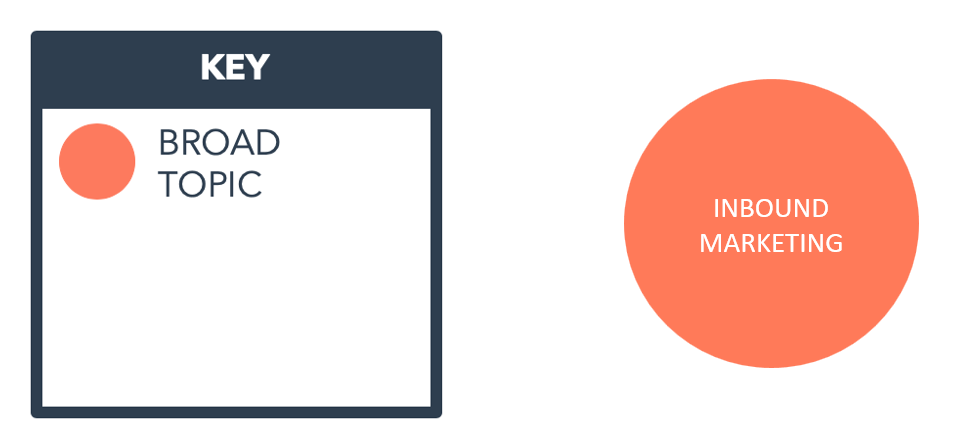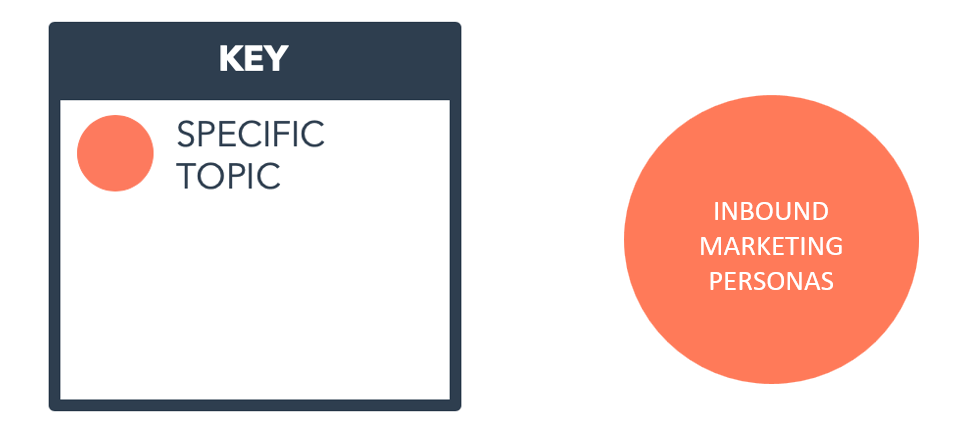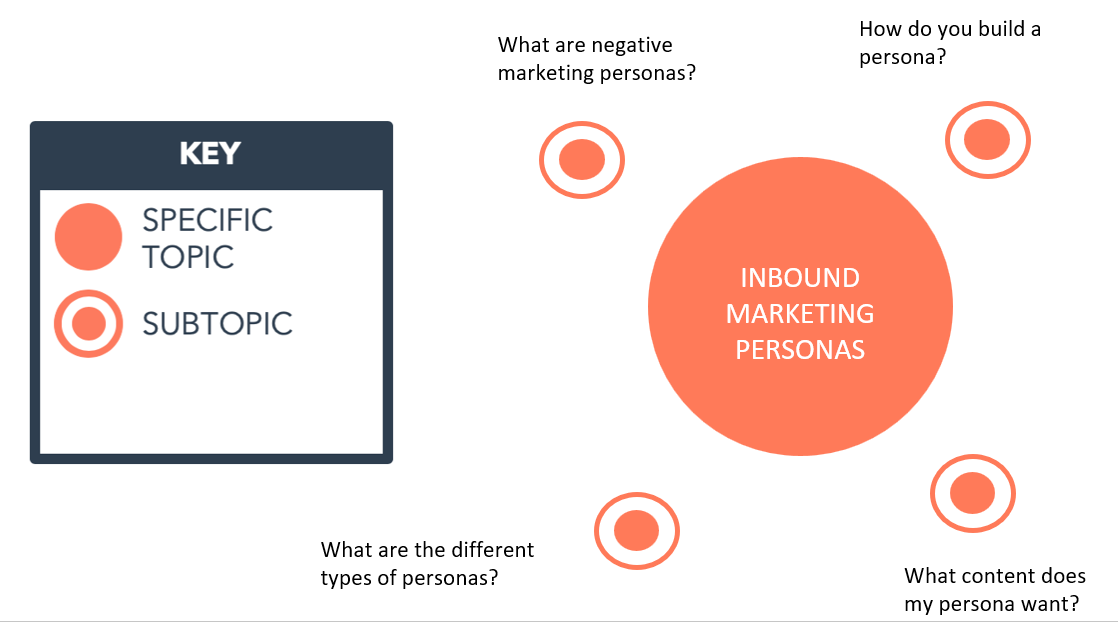Topic Clusters and Their Context with Regards to Google and its Updates
In terms of Google and its updates, topic clusters are particularly relevant in light of Google's recent emphasis on E-A-T (Expertise, Authoritativeness, and Trustworthiness) and the role of content in building a website's reputation. Google wants to provide its users with the most relevant, high-quality and trustworthy information. A topic cluster approach helps to signal to Google that a website is providing comprehensive information on a specific topic, which can help to establish the website as an authority on that topic. Google's recent updates have been focusing on quality content and user experience, and topic clusters can help to provide both.
Additionally, by targeting long-tail keywords which are more specific and have less competition, topic clusters can help a website to rank for a wider range of keywords and drive more traffic to the website.
In summary, topic clusters are a way to organize content around specific topics, making it easier for both search engines and users to understand the relationship between the pages and find relevant information. It helps to establish a website as an authority on a specific topic and improve its visibility in search results.
Google Algorithm Updates
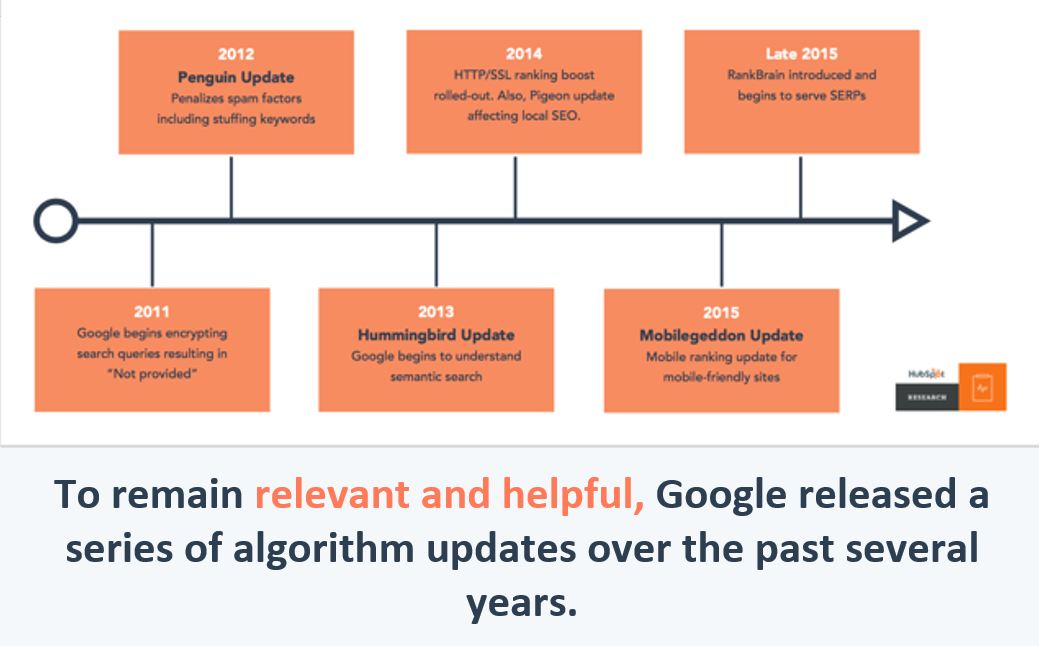
Google's algorithm updates have had a significant impact on how we plan and create content. Here is a brief overview of some of the critical updates from 2012 to 2015:
- In 2012, Google released the Penguin Update, which targeted websites that were using manipulative tactics to improve their rankings, such as buying links or using keyword stuffing. The update aimed to penalize these websites and improve the search results for users by promoting websites that provided high-quality, relevant content.
- In 2013, Google introduced the Hummingbird update, which focused on improving the way Google understood the meaning behind queries and the context in which they were being used. This update helped Google to better understand natural language queries and deliver more accurate search results.
- In 2015, Google had mobile-friendly updates, commonly known as "Mobilegeddon" that favoured mobile-friendly websites in mobile search results. The update was designed to help users find websites that were easy to navigate and read on mobile devices, as more and more users were using smartphones to access the internet.
- In 2015, Google also introduced RankBrain, an Artificial Intelligence (AI) algorithm that uses machine learning to understand natural language queries and the context in which they are being used. It helps Google to better understand the intent behind a query and deliver more accurate search results.
All of these updates had an impact on how we plan and create content. The Penguin update emphasized the importance of creating high-quality, relevant content and avoiding manipulative tactics. The Hummingbird update reinforced the importance of understanding user intent and creating content that answers the questions people are asking. The mobile-friendly update emphasized the importance of making content accessible on mobile devices and designing websites that are easy to navigate. And RankBrain reinforced the importance of understanding user intent and creating content that is relevant to the user's query.
What is a Pillar Page?
A pillar page is the main page on your website that covers a broad topic in-depth. It serves as the foundation for a topic cluster and provides an overview of the subtopics related to that main topic. The pillar page includes internal links to the cluster pages, which cover specific subtopics in more detail. This structure helps search engines understand the relationship between your pages and rank them more effectively. According to Hubspot, creating a pillar page is essential for the success of your topic cluster strategy and can help improve your search engine rankings.
Continue to Attract Organic Traffic
These major algorithm updates and changes in user search behaviour mean that marketers need to adapt their strategies in order to continue to attract organic traffic. Here are a few key takeaways for marketers looking to attract organic traffic:
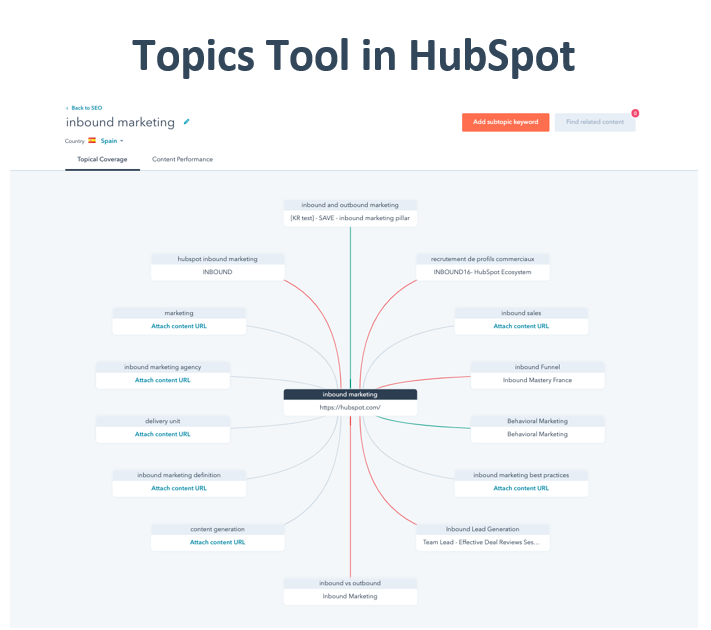
- Create high-quality, relevant content: The Penguin update emphasized the importance of creating high-quality, relevant content that provides value to users. This means that marketers need to focus on creating content that is informative, engaging, and relevant to their target audience.
- Understand user intent: The Hummingbird update reinforced the importance of understanding user intent and creating content that answers the questions people are asking. This means that marketers need to research what their target audience is searching for and create content that addresses those needs.
- Optimize for mobile: The mobile-friendly update emphasized the importance of making content accessible on mobile devices. This means that marketers need to ensure that their website is mobile-friendly and that their content is easily readable on a mobile device.
- Use natural language: The RankBrain update reinforced the importance of understanding user intent and creating content that is relevant to the user's query. This means that marketers should use natural language and avoid keyword stuffing in their content.
- Use topic clusters: The topic clusters strategy is an approach that groups related content together, making it easier for both search engines and users to understand the relationship between the pages and find relevant information. This means that marketers should use this approach to structure their content, making it more organized and easier to navigate.
Overall, these updates have led to a greater emphasis on creating high-quality, relevant, and user-centred content. It's important for marketers and business owners to stay up-to-date with these updates and to create content that is optimized for both users and search engines in order to achieve better search engine rankings and attract more organic traffic.



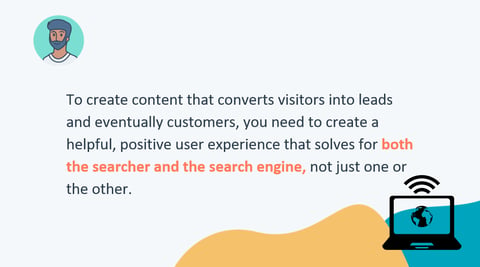 A topic cluster
A topic cluster 